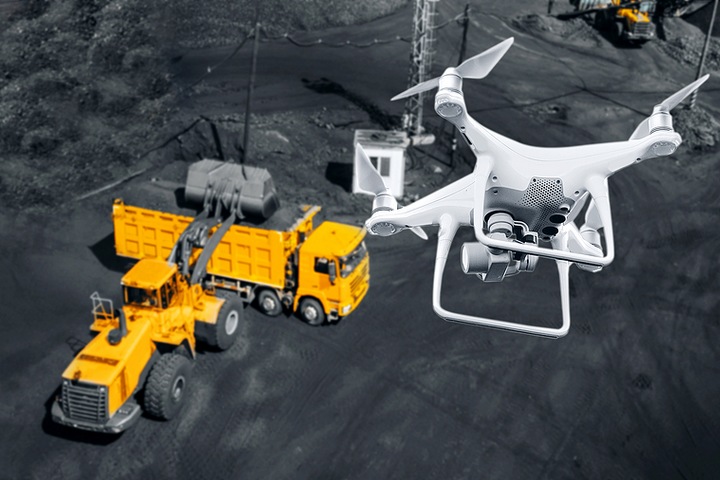6 Underground Mining Technology That You Need to Know

If you’re someone who loves exploring new and exciting mining technologies, then you need to be aware of some of the most interesting underground mining technology around. With these technologies, you can easily find bulk minerals and other resources that would otherwise be difficult or impossible to locate. These are six of the most interesting underground mining technologies that you should know:
1. Vibroseis Technology
Vibroseis is used to acquire subsurface data by sending out a shock wave and measuring the reflected waves. The principle behind this is that the density of the subsurface rock lies in between the density of rock and water.
The shock wave will travel faster in rock than water, and thus, it will be reflected at different times for different rocks depending on their densities. The data obtained from vibroseis technology can locate gas, oil, and rocks beneath the earth surface.
2. Magneto-telluric Data Acquisition Method Technology
This method is used for measuring the resistivity of geologic formations at shallow depths with high accuracy using a magnetotelluric probe. This probe sends an electric current through the earth and measures its properties.
It also transmits magnetic field pulses that are then measured by sensors on a line array along an array line spaced at 3-5 m apart. This underground mining technology enables explorers to explore mining opportunities.
3. Geological Mapping Technology

Geological mapping is done by using the principles of geophysics. The principle behind this is that rocks are formed in layers with different properties and densities. These layers form the basis of our understanding of underground structures.
These different layers can map out the underground structure, including mining sites, for ease of focused underground mining to be done.
4. Electromagnetic Induction Technology
Electromagnetic induction uses a magnetic field to map out iron ore deposits or gold-bearing veins in iron ore deposits. The method uses an electromagnetic field generator that generates a magnetic field to induce a current in a nearby conductor, transferring energy to other conductors in the area where it was generated.
The energy received after the transmission is then measured for its properties, allowing mining explorers to map out the subsurface structure by measuring the energy received at different points along a line array spaced at 3-5 m apart. Thus, the specific location of viable mines can be identified using this method.
5. Ground Penetrating Radar (GPR) Technology
The GPR underground mining technology sends out electromagnetic pulses, which reflect off the ground and back to the receiver. This method is used to map out underground structures by measuring the time taken by the pulses to return and their amplitude.
Since different matter, including gas, liquids and solids, have different properties, identification of a specific location of mineral rocks, gas, and oil can be identified using this method.
6. Seismic Refraction Tomography Technology
This uses seismic waves from earthquakes and other noise sources such as explosions, volcanic eruptions etc. These waves travel through solid matter and reflect from different layers or different types of rocks at different angles, thus allowing the mapping out of underground structures by measuring the different frequencies at which they are reflected at different locations and a line array.
Employing mining technology in your day to day activities would not only make you find the minerals you need quick but also make your business stand out from competitors while being profitable. The mining technologies are advanced methods of locating viable mining sites that would have otherwise been difficult to locate using the traditional methods. Revolutionize your mining experience today by trying any of the listed technologies. Good luck.


